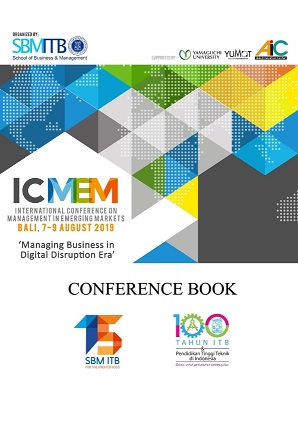Feasibility Study of Clothing Manufacturer of UD Sony Konveksi
Abstract
Clothing persisted as a large available purchase compared to other consumer goods (Statista, 2016). The clothing industry is dominated by the competitive high fashion and prosperous brands, as well as the fast fashion brands currently dealing with environmental issues. Another major market segment is mass produced lower-quality and standard products such as t-shirts, uniforms, white underwear, etc. Manufacturer of this segment mostly found in developing countries who employs mainly female workers–both semi-skilled and unskilled–and outsources to household production (Norda?s, 2004). Clothing manufacturer is a manufacturing company that produces ready to wear clothes for specific segment(s) and use. The industry is categorized as a primary industry group, where the produced items would not require further processing or they can be utilized immediately. UD Sony Konveksi (SONY) is a home-industry clothing manufacturer specializes in providing school uniform in Pasar Klewer Solo. Hartiningsih, the owner of SONY, had decided to redefine the goal of the company because of its low performance in the past couple of years. Also, Hartiningsih is shifting the company into Sharia economy by avoiding usury and had paid all of the bank loan on September 2018, which adds up to the decision making criteria. The new goal of SONY is “to be the leading provider of school uniform of Central Java market,” which hopefully can lead the company back to its heyday. In order to achieve the dream, Hartiningsih is planning to restructure the business by transforming the unorganized production channel into a manufacturing line system with an effective supply chain management, adjusting with the new capital structure of equity capital only, conversing into a contract-based HRMS, and developing the market scope to B2B collaboration with private schools for uniforms and alma mater jacket.


